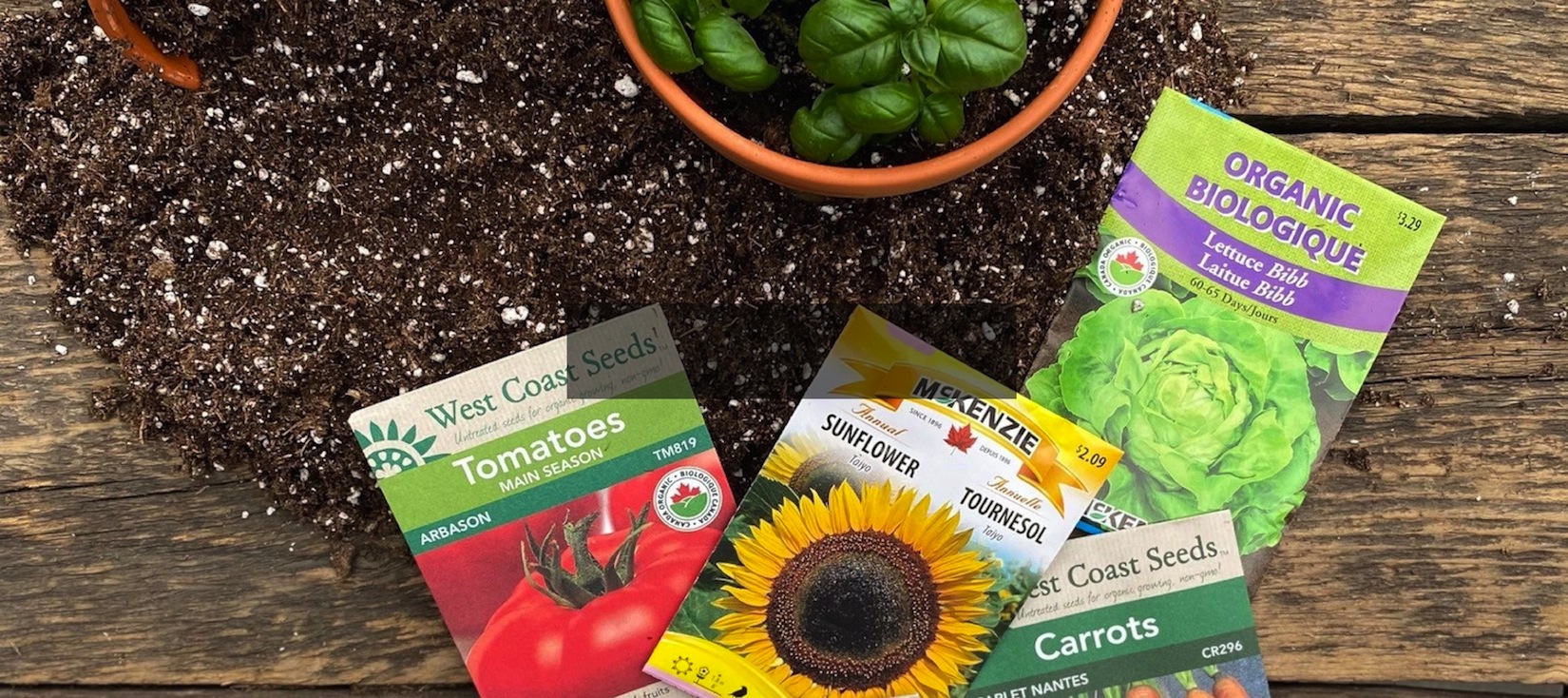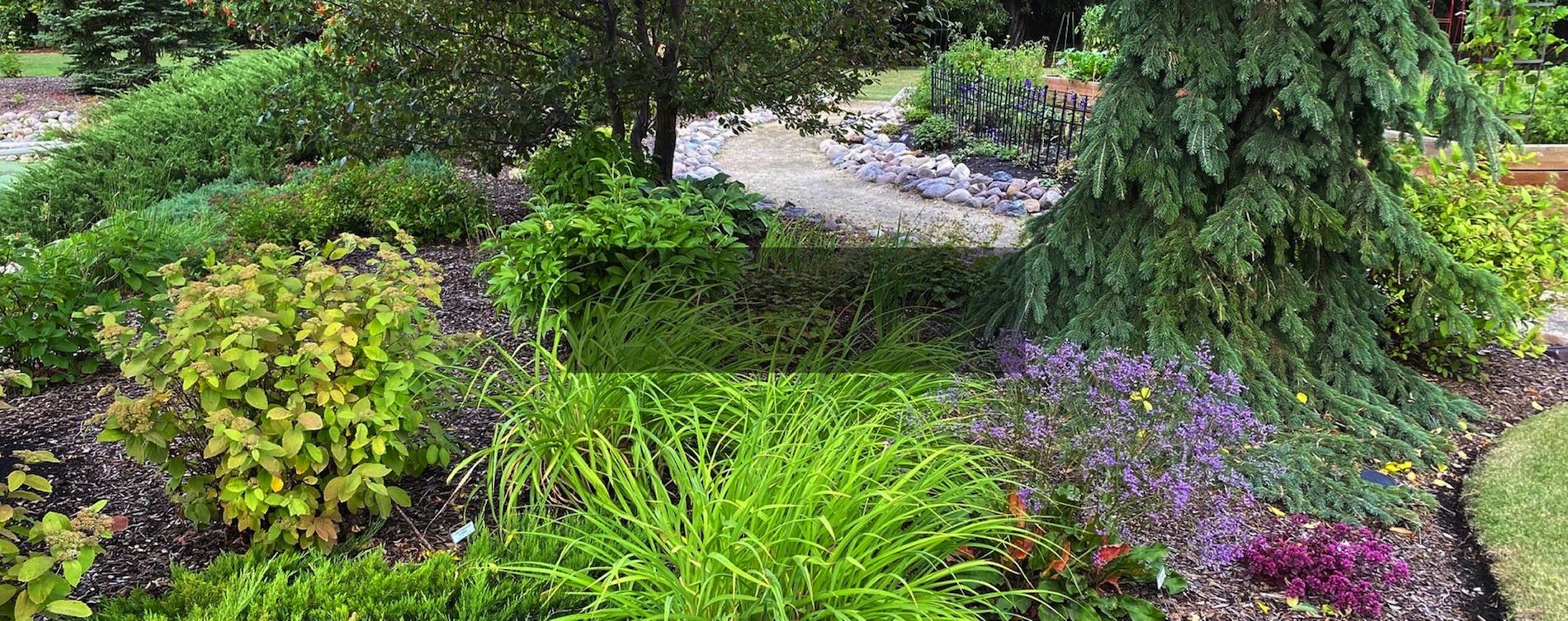Growing Clematis

Clematis are the most popular perennial vines, much-loved for their showy blooms and vigorous growth. They are, however, specific about growing conditions, and there are several different types which have different characteristics. Most types will have fluffy seedheads after they bloom.
Planting & Care
Clematis generally prefer full sun (at least 6 hours of direct sun exposure) but with shaded roots. You can plant shorter plants around the base, or use a decorative rock or other object to achieve this. Several types of clematis – alpine, big petal, viticella, and solitary – will tolerate shade.
Hybrid Clematis should be planted against a heated foundation for best results and should also be planted with the top of the rootball 15cm (6 in.) deep. This is to ensure that if the entire vine dies back during a severe winter, there are buds protected underground that the plant can grow back from. For extra protection, you can pile mulch over the base of the vines, or even carefully detach the vines from the support, lay them on the ground, and cover with mulch. These measures are not required for other types of clematis.
Clematis require fertile, moist, well-drained soil. Dig out heavy clay soil and replace it with garden loam that has been amended with compost or Sea Soil. Treat newly planted clematis the same as other new plants. Established clematis should be watered deeply once per week during periods of dry weather and fertilized every 2 weeks with 15-30-15 from May to mid-August.
Most clematis are climbing vines that will cling to supports such as arbors and trellises. They are great against walls or as a privacy screen. They also make a great groundcover if not grown on a support!
Types of Clematis

Alpine and Big Petal Clematis
These types bloom in spring to early summer on old wood, and are among the hardiest selections. Alpine clematis have small bell-shaped flowers; big petal clematis have down-facing flowers with long, spidery petals. Both types are usually bicoloured. Prune lightly just after blooming, making sure to remove any dead or damaged growth.

Viticella Clematis
Viticella types bloom from midsummer to fall on new growth and are very hardy and reliable. They produce outfacing flowers in great numbers, smothering the vine if pruned properly. Prune back to a healthy set of buds about 30cm (1 ft.) above ground level each spring.

Texensis Clematis
The texensis types produce tulip-shaped flowers from late summer to fall on new growth and are quite unique. These tolerate heat better than other clematis. It’s a good idea to mulch them for winter. Prune back to 30cm (1 ft.) above ground level each spring.

Hybrid Clematis
If you are looking for clematis that have large, in-your-face blooms, this is the type. As they are more tender, they will usually experience significant dieback over winter in our climate; however, those from pruning group B are capable of blooming from old wood in early summer, if it survives. They will then flower again from late summer to fall on new growth. Prune to a healthy set of buds in spring (or to ground level if needed), then prune lightly right after the first flush of blooms (if applicable).
Hybrid clematis from pruning group C tend to be a little more reliable over winter. These bloom on new wood only and should be cut back to a healthy set of buds 30cm (1 ft.) above the ground in spring.

Solitary Clematis
These are sometimes confused with bush clematis. They are ramblers, meaning they will not cling to supports, and must be tied to one to be grown upright. Otherwise, they will grow along the ground and make an excellent sprawling groundcover. Beautiful bell-shaped flowers appear in summer. Cut back to ground level in fall or early spring.

Bush Clematis
Bush types produce upright, clumping growth, like a regular perennial. Cut back to ground level in fall or early spring.





